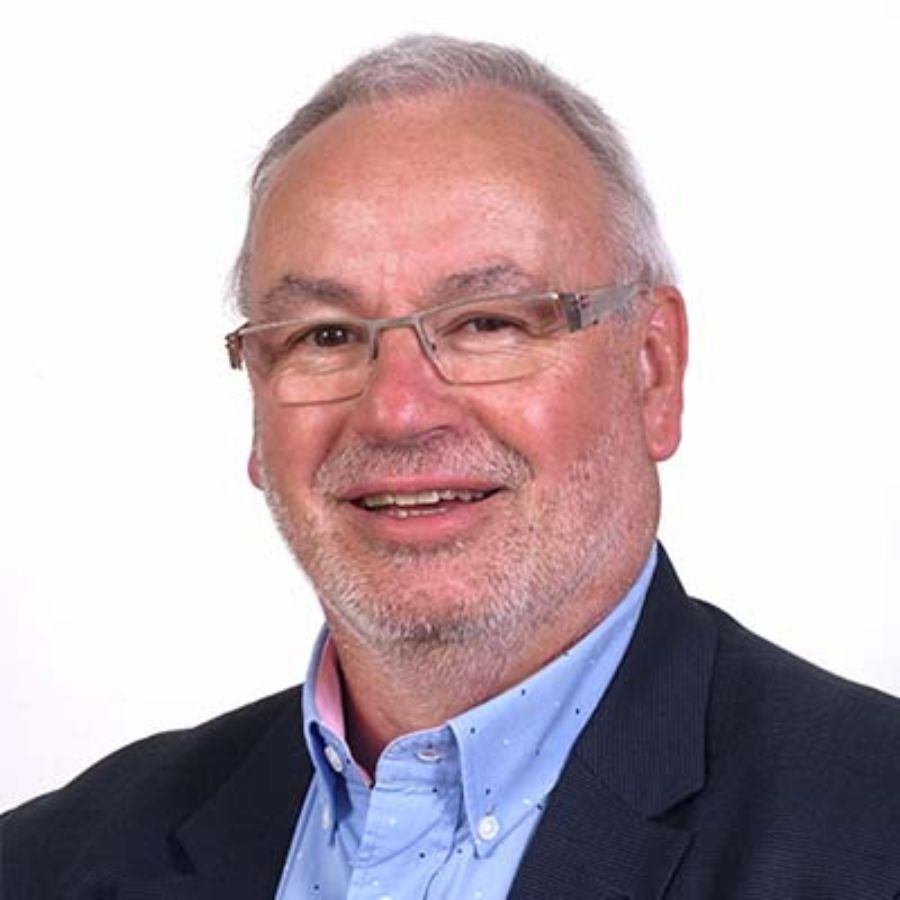Europe’s first intravenous chemotherapy robot is located in Lille. The high-tech device handles the entire process of producing the preparation without any human intervention, thereby significantly reducing preparation times and the risk of errors and of chemical or bacteriological contamination. The investment has enabled the hospital to cut patients’ waiting times for chemotherapy injections and improved treatment safety.
Doctors at the University Hospital currently administer around 50,000 doses of intravenous chemotherapy a year to their patients, using either IV bags or syringes, and that number is rising. Previously, seven team members made up these preparations from a range of components. Now the robot has largely taken over this task, employing mechanical and electronic systems and cognitive science. Known as collaborative robotics, this approach supports medical staff as they perform error-prone or risky process steps, and it relieves them of time-consuming tasks so they can concentrate on other work. The RIVA robot will be introduced over a period of three years.
Technology and costs must add up
Lille University Hospital employs almost 16,000 people, making it one of the largest in Europe. It treats just under 1.4 million patients a year, and in addition to highly qualified medical staff it also relies on state-of-the-art technical equipment.
In sourcing the robot, the hospital’s procurement department faced two main challenges. First of all, the equipment specifications had to be established in detail and a suitable provider selected. Before the robot was delivered, the central pharmacy also needed to be extended so that it could be integrated into the new processes. Once it was installed, the equipment underwent extensive testing before it could be put into service.
The second challenge was of a financial nature. Hospitals in every country are facing cost pressures, but this must not be allowed to jeopardize patient care, of course. The RIVA robot required an investment of several hundred thousand euros. “So we were looking for a partner who was able to advise us in this respect – both on a technical level and with regard to the commercial considerations,” explains Denis Vandycke, Equipment manager at CHU. “One important requirement was that they would need to bring experience of the health sector and the public sector to the table. CHG-MERIDIAN ticked all the boxes in every category.”

Denis Vandycke, Equipment manager, Lille University Hospital (CHU)
CHG-MERIDIAN analyzed the university hospital’s requirements and established what was available on the market. They found what they were looking for in the portfolio of their US colleagues: a robot manufactured by ARxIUM that was nine years old at the time and a perfect fit for CHU’s needs. The suggestion to acquire refurbished used equipment met with approval from CHU, as it meant lower annual leasing costs, which suited the hospital budget. CHG-MERIDIAN sold the robot back to the manufacturer, who gave it a complete technical overhaul, then bought it again and is now leasing it to the hospital. “This solution allows us to extend the lifecycle of the equipment, which fits in with our sustainable procurement policy,” says a delighted Denis Vandycke.
CHG-MERIDIAN provided a comprehensive consultation portfolio to the hospital in Lille. In addition to technical and commercial advice, there was also support for the complex contract negotiations with the US manufacturers and their French subsidiary, as well as with the logistics providers and other parties involved in the installation. “With a project on this scale there are almost invariably unforeseeable events that require a flexible approach,” reports Adèle Steinitz, Account Manager Sales at CHG-MERIDIAN France. “We were always able to work very closely and in partnership with our customer.” The entire financing of the robot was handled by CHG-MERIDIAN; Lille University Hospital has opted for a business concept with a term of 65 months.
“The collaboration with CHG-MERIDIAN was highly professional. We had a partner at our side who was able to advise us on every aspect, in particular legal, thanks to their expertise in a whole range of different areas. I am delighted that this project allowed us to achieve a solution to optimize patient care that makes technical and commercial sense.”




